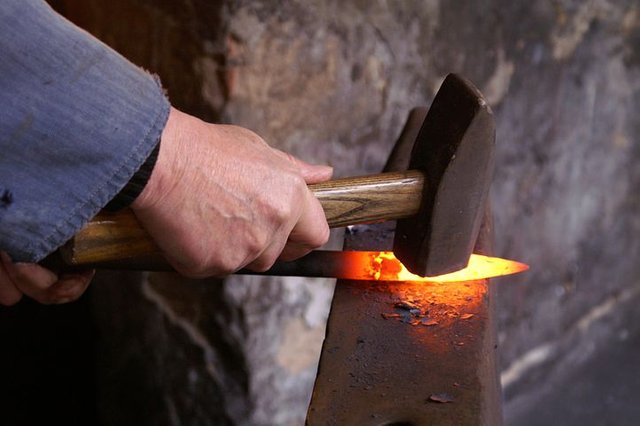THE USE OF IRON. VOLUME 1
The next most important development in West Africa was the coming of Iron. It has considerable advantages over copper or bronze as metal for tools and weapons. Although its metallurgy is quite different guide, in some way more difficult. Iron is harder and tougher than bronze but, above all, it is much cheaper and more easily available, because iron ores in one form or another are widespread; they are very common in West Africa whereas copper occurs rarely, at widely separated sports and small quantities.
The art of smelting iron was discovered in Asia Minor, to the South of the black sea, in the area of the ancient Hittite Empire, during the second millennium B.C, And the Hittites may have intentionally kept the secret to themselves for sometimes.
Ultimately, however, it spread to the Assyrians, And it was the superiority of their iron weapons that largely accounted for their conquest of the Bronze Age Civilization of Egypt, where iron did not come into common use until about 600B.C. Much later than farther north and east. Nubia was established as the African kingdom of Kush, with strong connection with Egypt and the Mediterranean world, from the 5th Century B.C to the 3rd century A.D and it was a great center of iron manufacture as piles of iron slag at Moroe testify.
It seems that this was the diffusion center from which knowledge of Iron-working spread into most of Africa. It is also possible that iron-working may have been introduced into West Africa from the North African city of Carthage, which iron-using Phoenicians established in the ninth century B.C. It seems likely that Carthaginian traders and their intermediaries succeeded in tapping the gold resources of West Africa, and it is possible that as a result of this contact, a knowledge of Iron-working may have been diffused in the opposite direction.



